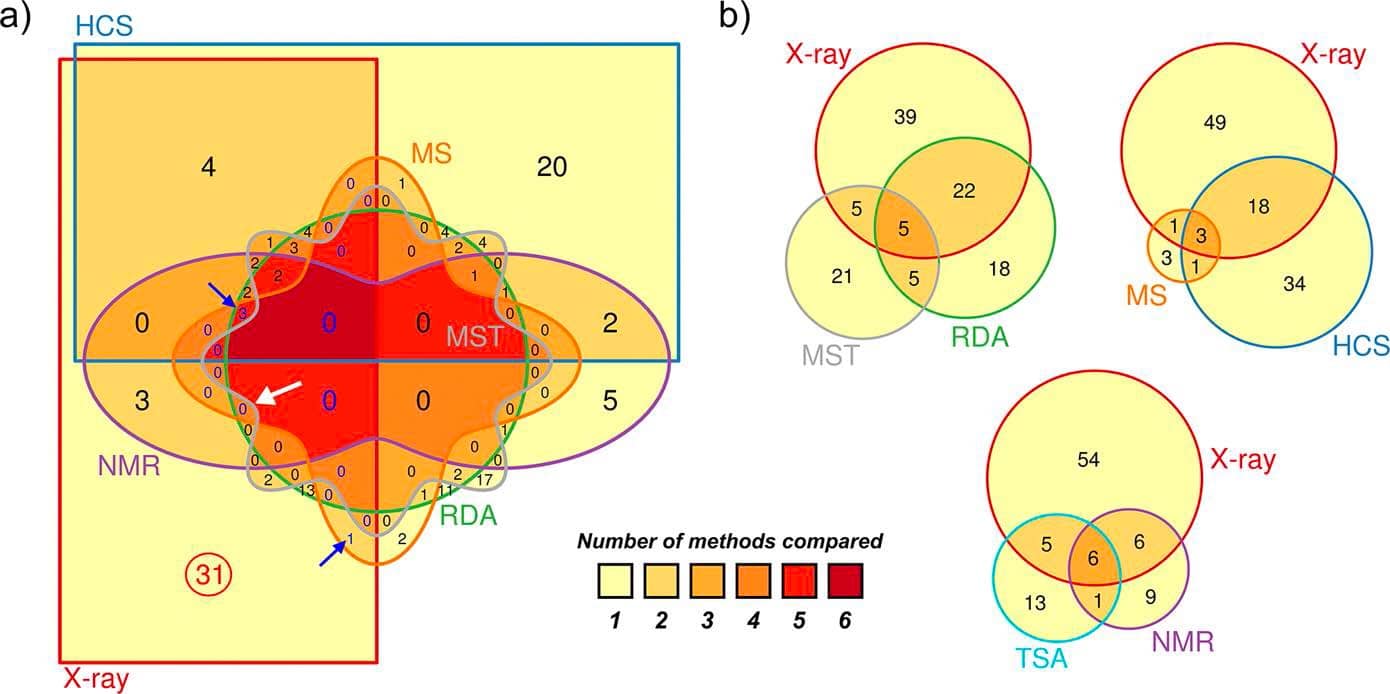EXPANDING THE TACABLE GENOME

The DbTACs platform is a novel technology that enables selectively targeted protein degradation. It is designed to precisely degrade proteins of interest. The approach is compatible with various warheads such as small molecules, antibodies, or DNA motifs.
DbTCACs stands for DNA framework-based PROTACs. In comparison to PROTACs, the DbTACs platform uses a DNA framework-engineered chimera instead of a small molecule-based chimera, which provides a more stable and versatile platform for targeted protein degradation. Additionally, the DbTACs platform is able to target “undruggable” proteins and degrade proteins in a time-dependent manner, which are not features of PROTACs.
The platform uses a click chemistry-mediated programmable linker to achieve simultaneous selective multi-target proteolysis. The universality of the platform is highlighted by the following features: (1) precise degradation of POIs; (2) simultaneous selective multi-target proteolysis; (3) compatibility with various warheads; (4) a DNA framework-engineered chimera instead of a small molecule-based chimera; (5) a more stable and versatile platform for targeted protein degradation; (6) the ability to target “undruggable” proteins; (7) the ability to degrade proteins in a time-dependent manner; and (8) the ability to analyze the stability of the DbTACs using 2% agarose gel electrophoresis.
The DbTACs platform is a significant advancement in the field of drug discovery as it provides a new approach for selectively targeted protein degradation. The ability to precisely degradePOIs and achieve simultaneous selective multi-target proteolysis is a valuable tool for drug discovery. The platform is also compatible with various warheads, such as small molecules, antibodies, or DNA motifs, which provides versatility in targeting different kinds of proteins. The DbTACs platform can be used to develop new drugs for various diseases, including cancer, neurodegenerative diseases, and autoimmune disorders.













